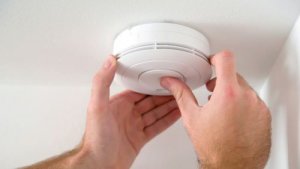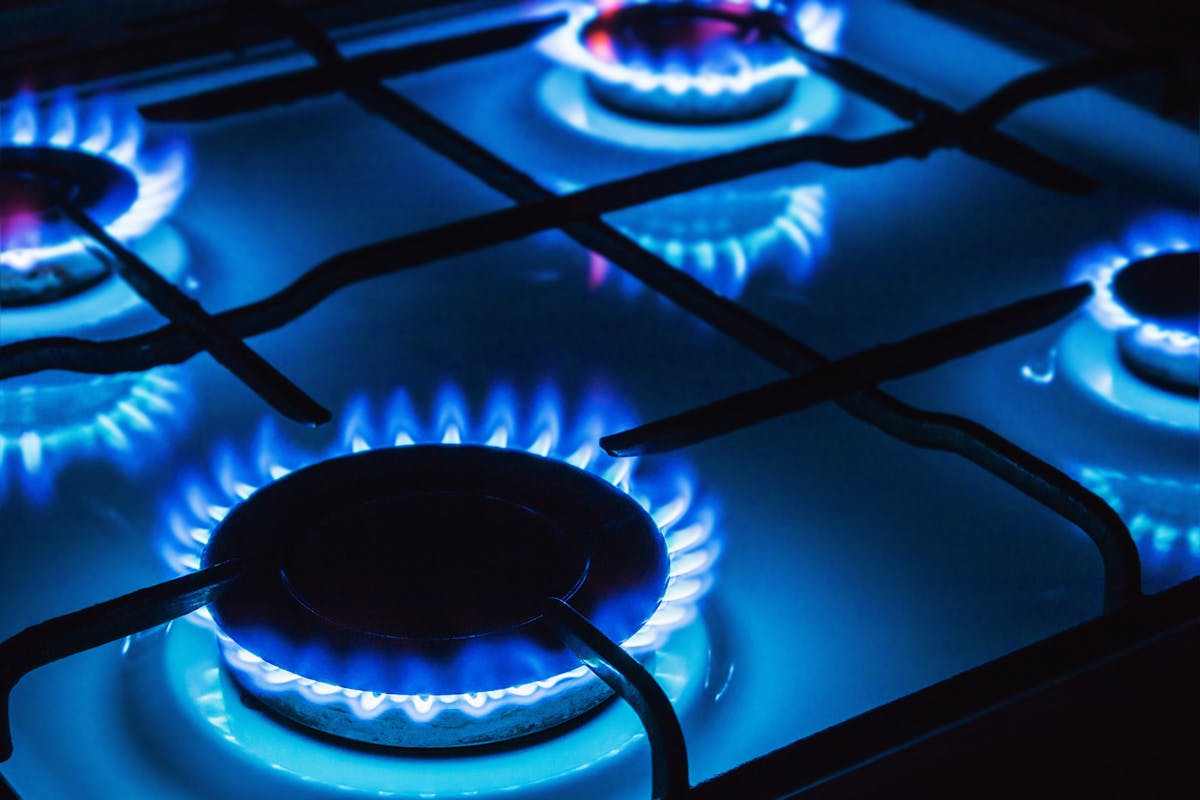Installing a Carbon Monoxide Detector in Your Home

Carbon monoxide is a dangerous gas for people and animals and, in large amounts, can cause death. For that reason, many people have a carbon monoxide detector installed in their homes.
What is carbon monoxide?
Fuel usage creates carbon monoxide, a gas that could be dangerous in enclosed spaces.
Although the main source of carbon monoxide, or CO, is motor vehicles, other appliances in your house can produce it, such as heaters, or other devices that use gas, carbon or oil. Cigarette smoke is another source of carbon monoxide.
When you inhale this gas, it reduces your oxygen supply. Therefore, the first symptom of carbon monoxide poisoning is shortness of breath. It can also cause headaches, a cough, dizziness, nausea, unconsciousness, fainting, seizures, hallucinations and, in the worst case, irreparable brain damage and death.

Carbon monoxide gas is very dangerous because it can’t be detected using the senses – it’s odorless, tasteless and colorless.
Therefore, make sure that your heating and cooking appliances are in working order. Get them checked by qualified personnel once or twice a year, check that the flame is blue at all times, and make sure that the gas outlets are clean and unclogged.
What is a carbon monoxide detector?
While the best way to avoid carbon monoxide leaks in your home is to control and check the devices and appliances you use, you could also use a gas detector.
Carbon monoxide detectors verify the gas levels in your home. These detectors are very simple. Once they’ve detected an increase of CO in the air, an alarm rings. They’re similar to smoke detectors.
There are different types of carbon monoxide detectors on the marketplace, from simple ones that ring an alarm when detecting CO, to others that can be connected to the Emergency Services. The latter sends an emergency signal to call for an ambulance, the fire department or the police department.
Of course, you only need to put them in a room that contains gas appliances, not in your entire house.

Installing a CO detector
Installing a carbon monoxide detector is very easy, but an electrical model should be wired in by an electrician. Some can be attached to a wall and use batteries. Make sure you periodically check the batteries and change them when necessary.
If you’re going to put a detector in the kitchen, which is recommended, clean the oven burners. This way your oven won’t trigger the detector when it shouldn’t.
It’s advisable to put it in rooms with gas or fuel appliances, and not too close to them. The detector should be installed on a wall without any other obstruction, vertically, 30 centimeters away from the roof or two meters above the ground.
Once the detectors raise the alarm, the first thing to do is open a window to let the air in. Then, get out of the house and breathe fresh air. If you need to, call the Emergency Services. CO detectors aren’t expensive and could save your life. They’re a great investment.